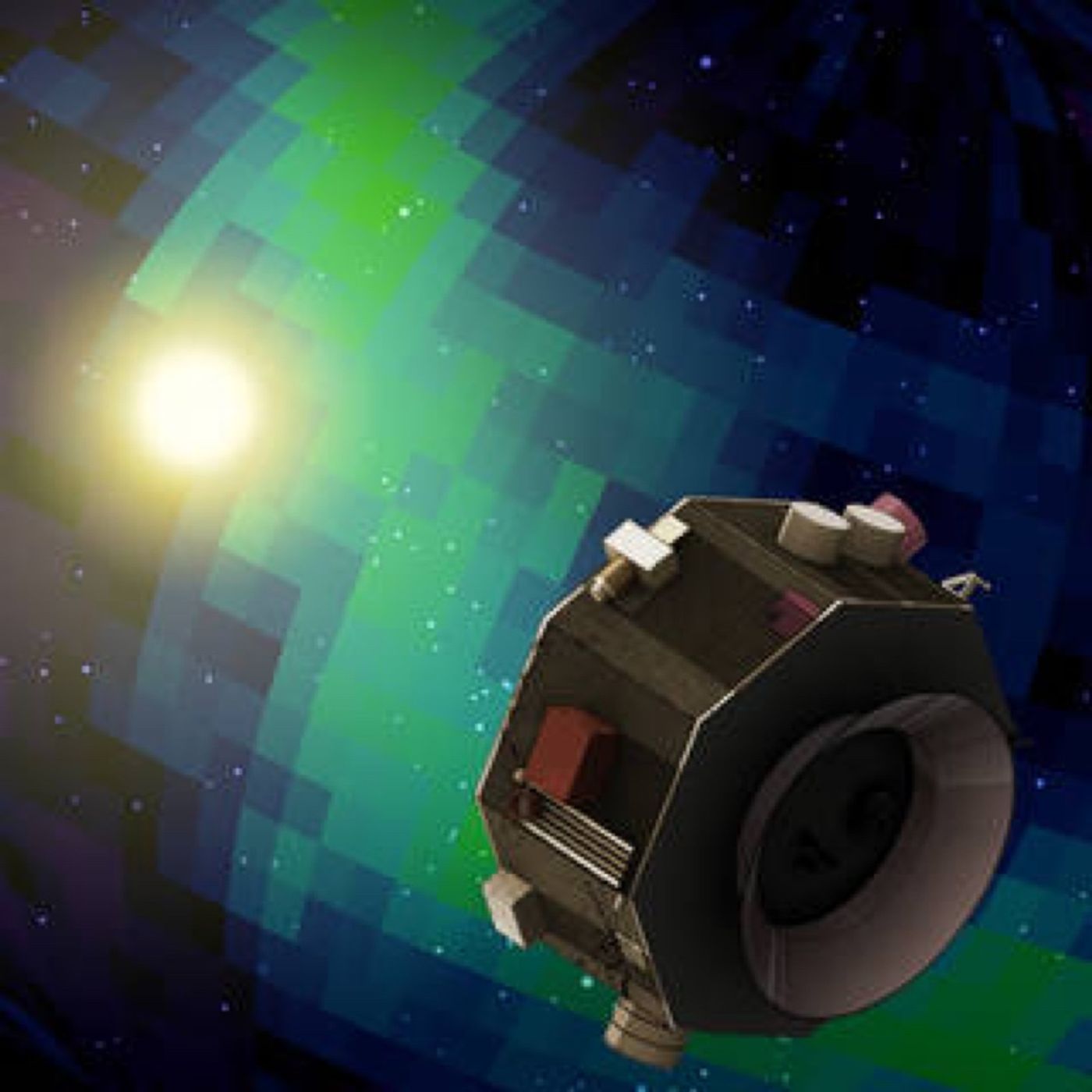Meet IMAP, NASA's Upcoming Mission to Study the Heliosphere
A protective bubble comprised of solar wind plasma surrounds the entire solar system. Known as the heliosphere, this bubble exists because the solar wind’s momentum eventually slows down enough that it can no longer resist the forces imposed by the interstellar medium. The point at which it stops resisting these forces forms the heliosphere’s boundary, known as the heliopause.
Image Credit:
The heliosphere has captivated interest in the scientific community for decades, but the amount of available data regarding its physical properties is limited given just how few probes have visited this distant region of space some 18 billion kilometers away from Earth.
But a statement issued by NASA reveals the space agency’s plans to change that. As it would seem, NASA wants to move forward with a new mission in 2024 dubbed the Interstellar Mapping and Acceleration Probe (IMAP). This spacecraft would study the heliosphere in further detail in an attempt to answer many of the questions that remain.
“This boundary is where our Sun does a great deal to protect us. IMAP is critical to broadening our understanding of how this ‘cosmic filter’ works,” explained Dennis Andrucyk, the deputy associate administrator for NASA’s Science Mission Directorate in Washington.
“The implications of this research could reach well beyond the consideration of Earthly impacts as we look to send humans into deep space.”
Related: Did a solar storm damage Earth's magnetic field?
Image Credit: NASA
Flying this far away from Earth would take several decades, and that’s time NASA doesn’t have available to waste. That said, IMAP won’t fly directly to the edge of the solar system, but rather position itself approximately 1.5 million kilometers away from Earth in the first Lagrange point (L1) to analyze the interactions that transpire between interstellar particles and solar wind.
Related: Scientists expect 'Maunder Minimum'-like solar behavior over the next few decades
Scientists hope that IMAP might uncover vital details about how the heliosphere protects our planetary neighborhood from interstellar radiation and how said radiation could impact life or technological instruments onboard spacecraft during long-term space missions, among other things.
It should be fascinating to see what becomes of IMAP as NASA tackles the upcoming challenge.
Source: NASA










